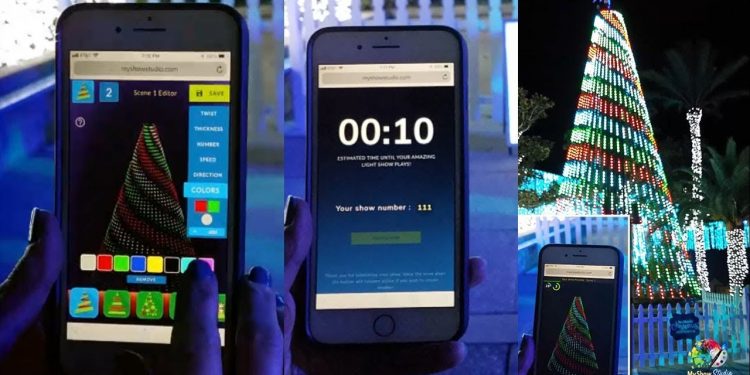Key points for selecting light sources When selecting light sources and luminaires in interior design, in addition to meeting the needs of functional lighting and considering the possibility of using lighting solutions to improve comfort, it is also necessary to base on the layered design based on each space. The present orientation of the visual center of gravity. Select the color temperature, luminous flux, color rendering index, power, shape size, and light source and supporting lamps that meet the requirements of the installation.
Parameters of the light source
In the choice of light source, factors that need to be considered include power (W), luminous flux (lm), light efficiency (lm / W), color temperature (K), color rendering index (Ra), interface type, glare and flicker conditions, etc. . The concept of power (W) is well known and directly related to power consumption. Luminous flux (lm) represents the luminous ability of a light source. The intensity of light emitted from the same light source measured at a certain distance from the light source is called illuminance (lx), which refers to the brightness of a unit area on the illuminated plane. The higher the light efficiency (lm / w) value, the higher the brightness can be obtained with the same power. The simplest expression of color temperature is that the lower the color temperature is, the warmer the light color is, the higher the color temperature is, the closer it is to white, and the higher it will be closer to blue and white. The color rendering index refers to the color reproduction performance of the light source. The color rendering index of incandescent lamps can be regarded as 100, and the Ra of common LED bulbs is around 80, and the CRI80 marked in the general LED bulb package also refers to the color rendering. The index just uses the abbreviation of Color Rendering Index. The light source interface types are generally common types such as E12, E26, GU4, GU10, E of E12 and E26 represent Edison threaded lampholders, and 12 and 26 represent integer values of the outer diameter of the thread of the lampholder.
The E26 interface is the most common and is widely used in incandescent, fluorescent, and LED bulbs. The E12 interface is more common in crystal lamps, and GU4 and GU10 are used in other LED light sources. In addition, the selection of the light source must also consider the insect attractability. The visible wavelengths of insects and human eyes are different. Relatively speaking, bulb-type LEDs are less likely to attract insects as a light source. From this point, More suitable for indoor lighting than fluorescent lamps.
Common light source brands
The most common light source brands on the market are: Foshan Lighting (FSL), OPPLE, Panasonic, PHILIPS, OSRAM, IKEA, Lohasled(Lohasled e12 led light bulbs) etc. Relatively less frequently mentioned brands: General Electric (GE) and several smart bulb brands: Xiaomi, Blink, Lifesmart, etc. The product parameters of the light source are based on an LED bulb at hand. The power is 9.5w; the luminous flux is 806lm; the light efficiency is 85lm / W; the color temperature of this light source can be switched between daylight and warm white; the color rendering performance is CRI80; Product photo of Zhang Yi’s home-made bulb: Generally speaking, when choosing a light source, the first thing to look at is the type of interface, and then the luminous flux, which is the parameter with the largest value, which represents the bulb you intend to buy. The maximum brightness that can be achieved is followed by color rendering and power.









